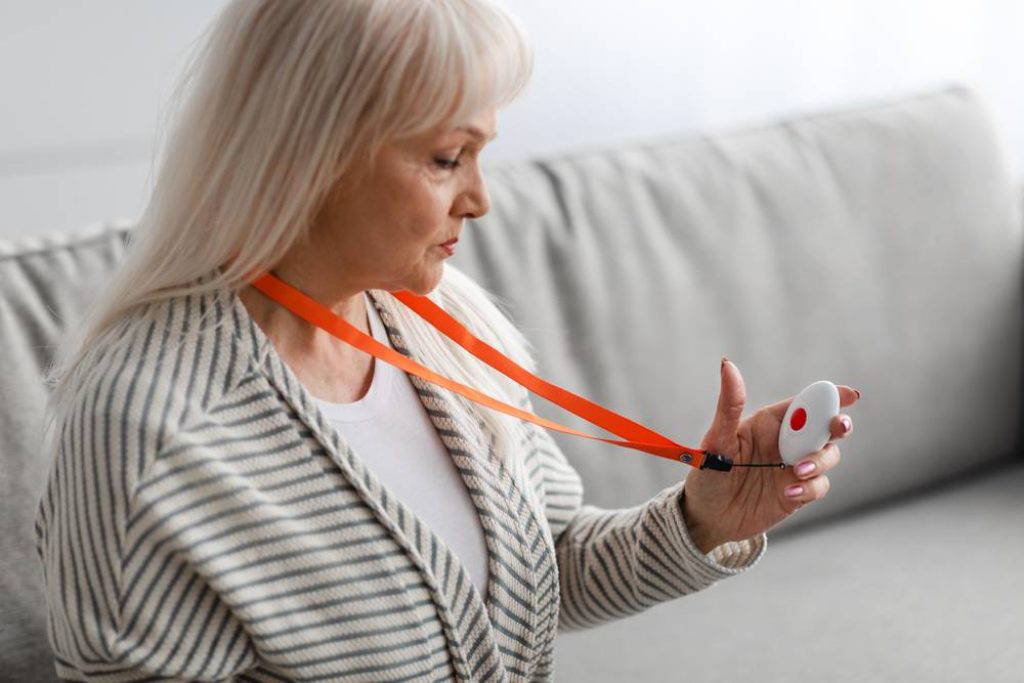
How Medical Alert Systems Are Saving Lives With Medicare Coverage
For seniors who live alone, there is always the danger of getting injured or ill, with no one present to help them. This can even be something as simple as tripping and falling and not being able to get back up. Without a way to get help, such a situation can be literally life threatening.
Related Topics (Sponsored Ads):
A technological solution to this problem are medical alert systems, more recently known Personal Emergency Response Systems (PERS). There are many types of these products available with varying kinds of features. The popularity of these PERS has increased demand and many seniors are looking for financial help from their Medicare coverage to help pay for them.

Types Of PERS
The idea of a PERS is to allow the person to summon help from where they are, without having to get to a phone. Therefore, most of these devices are wearable as a type of necklace or bracelet. How they work and their features vary depending on the particular kind of PERS it is.
– One Way Call Buttons: These are usually very small and light and feature a button the person presses to summon help. This can be set to call a security service, a relative or a care giver. Some of these devices actuate a speaker phone, that the person in trouble can use to communicate with who is being called.
– Two Way Call Buttons: Same idea as above, but these devices are actually small speaker phones. This allows the person in trouble to communicate with the other party, without having to be close to a stationary speaker phone. This type of PERS is somewhat bigger and heavier than the one way call button.
– Fall Detection Device: Works the same as the two way call device, but has a built in sensor that can detect if the wearer of the device has fallen down. It will then automatically make the call to summon help. This is a very useful feature, because it can save the life of a person who has lost consciousness.
– GPS Location Tracking: This PERS utilizes cell phone location tracking technology. The person summoned for help will be able to see where the person in trouble is. This feature is very important for seniors who are active and often out of their home.
Traditional Medicare
Everyone 65 years old and up are eligible to enroll in the Medicare program. Traditional Medicare is composed of Part A and Part B. Part A is free and offers basic health care services and treatment. Part B is available for a modest premium payment, usually taken from the person’s Social Security payments. Part B covers a variety of medical and health needs, including what’s called durable medical equipment (DME). This includes wheelchairs, injection equipment and supplies and things like oxygen tanks. However, Medicare does NOT consider a PERS as a DME, therefore will not pay for a PERS.
Medicare Advantage Plans
Because of certain services and coverage not being included in A and B, the government started a new PART C of Medicare, also known as Medicare Advantage. These are medical insurance plans sold by approved private insurance companies. These plans offer broader and more accessible coverage than regular Medicare. These plans are not uniform, and vary depending on where you live, the particular insurance company and the specific plan you enroll in.
Some of these Medicare Advantage plans WILL cover the cost of a PERS. While shopping around to select such a plan, it is important to find out in advance if a certain plan offered does cover the type of PERS you want, in addition to other desired coverage such as dental and vision care.




